I Am Creating A Poetry Book Based On My Follower’s Usernames. If You’d Like To Be In The Book, Please
I am creating a poetry book based on my follower’s usernames. If you’d like to be in the book, please comment anything below and reblog this so I can find more usernames too :)
More Posts from Karlfelersii and Others









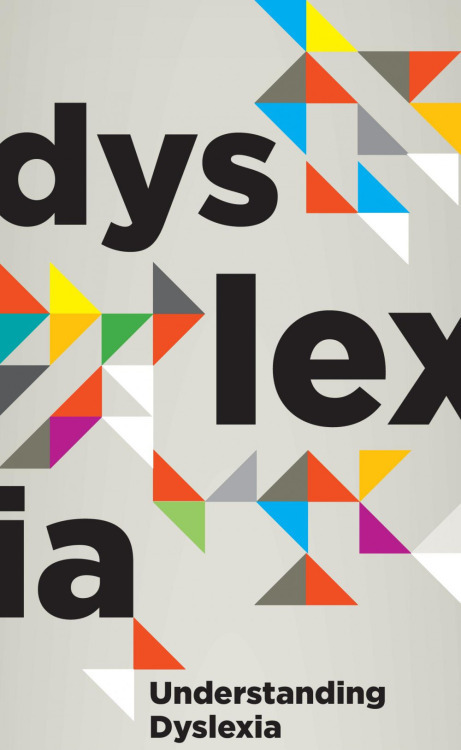

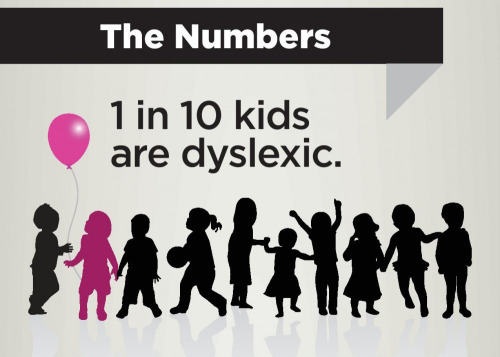
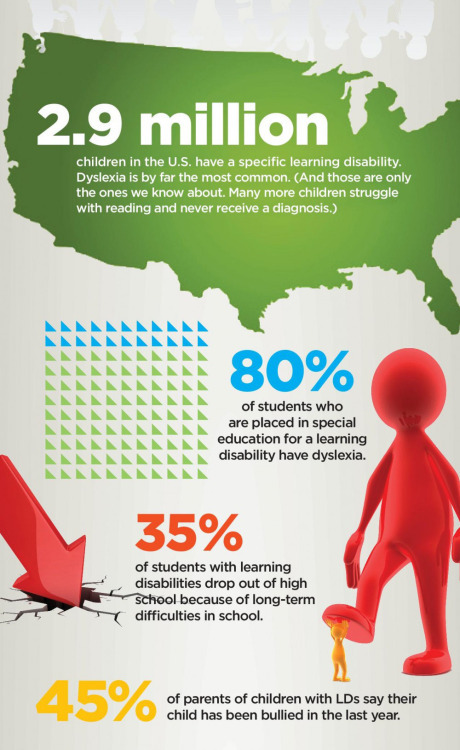
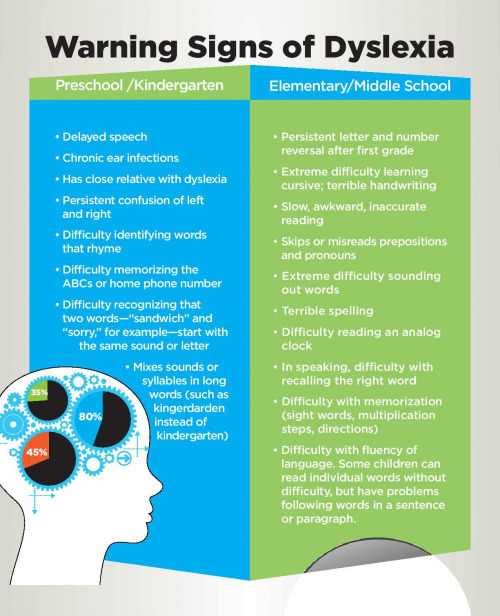
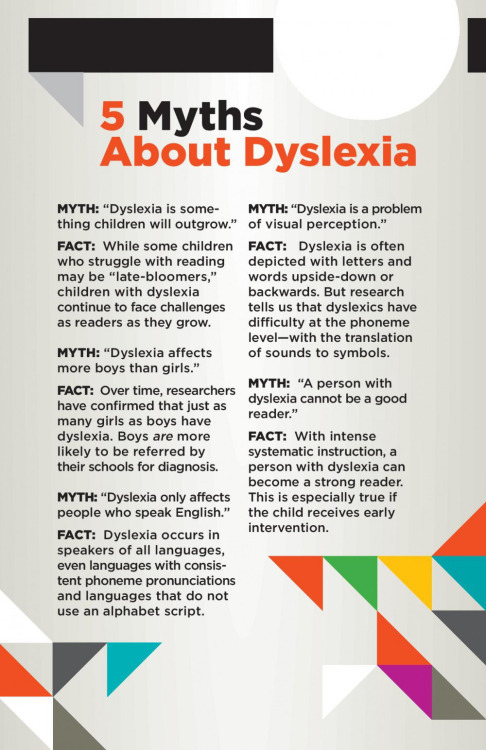
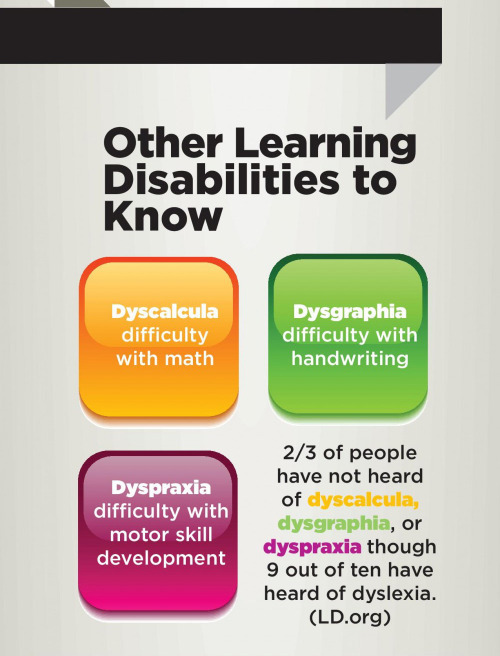

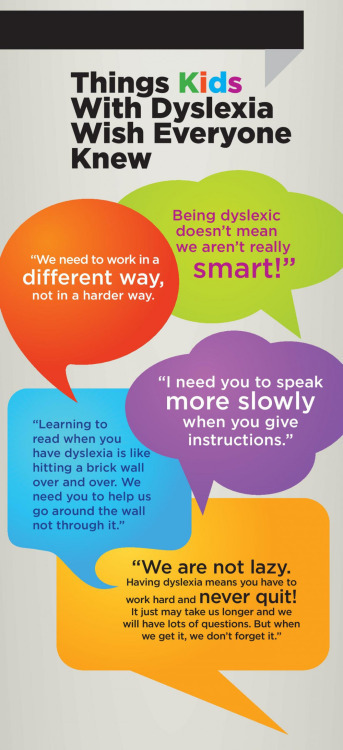

For more posts like these, go to @mypsychology

If you like more posts like these, follow us @psych2go
Dreamland, the Power of Lucid Dreaming

Have you ever had the experience of wondering if what was happening to you was a dream or real? If so, you’ve likely experienced a lucid dream.
A lucid dream is a dream in which you know you are dreaming. During lucid dreaming, you can control the characters, the environment, the narrative, and the outcome of the dream.
Is it really a thing? It is. I have experienced a lucid dream, though, I didn’t know that’s what it was at the time. I didn’t realize I could lucid dream until I did some research as to what lucid dreaming was all about….
What is Lucid Dreaming?
Is it Really a ‘Thing’?
What Can You Get Out of It?
How do you do it?
▻ Read All About It Here ◅
Discovery challenges belief about brain’s cellular makeup
A discovery made by Junhwan Kim, PhD, assistant professor at The Feinstein Institute for Medical Research, is challenging science’s longstanding beliefs regarding the cellular makeup of the brain. This breakthrough was outlined in a study published in the journal Molecular and Cellular Biochemistry. Having a full understanding of the brain can help identify new therapies as well as develop guidelines to maintain brain health.
It has long been a belief in the scientific field that the building blocks of brain cells, phospholipids, are enriched by polyunsaturated fatty acids. When trying to prove that the brain, like other major organs, are made of polyunsaturated fatty acids, Dr. Kim and his team were surprised by the results.
“We found the opposite of what science has widely believed – phospholipids containing polyunsaturated fatty acids in the brain are lower than other major organs,” said Dr. Kim. “Knowing that there are lower amounts of polyunsaturated fatty acids in the brain, we may need to rethink how this acid impacts brain health and conditions like oxygen deprivation.”
Dr. Kim and his team analyzed brain, heart, liver and kidney tissue from animals and found that only 60 percent of the brain’s phospholipids were made up of polyunsaturated fatty acids. That’s compared to other organs, where the polyunsaturated fatty acid content is about 90 percent. It has also been previously presumed that high polyunsaturated fatty acids levels in the brain were what made it susceptible to oxygen deprivation or brain injury. Further research is required to find out the reasoning for the difference in acid levels, but it could also challenge beliefs about polyunsaturated fatty acids’ impact on these conditions.
“Dr. Kim’s findings challenge basic assumptions about the brain,” said Kevin J. Tracey, MD, president and CEO of the Feinstein Institute. “This paper is an important step to defining a new research path.”
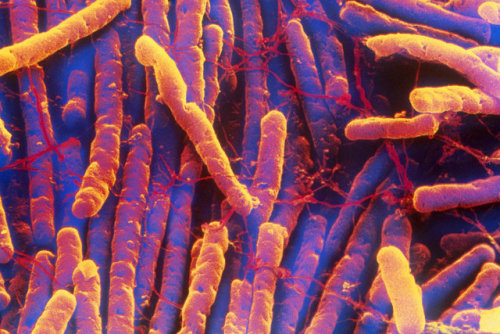
Go hygiene!
C. Diff Infections Are Falling, Thanks To Better Cleaning And Fewer Antibiotics
The risk of getting a deadly, treatment-resistant infection in a hospital or nursing home is dropping for the first time in decades, thanks to new guidelines on antibiotic use and stricter cleaning standards in care facilities.
The rate of new Clostridium difficile or C. diff infections climbed year after year from 2000 to 2010, researchers found. But an early look at 2011-2014 data from the Centers for Disease Control and Prevention’s Emerging Infections Program suggests infection rates are improving.
“Preliminary analyses suggest a 9 to 15 percent decrease in health care [C. diff] incidence nationally,” says Dr. Alice Guh, a medical officer at the CDC. “It’s very encouraging, but there’s still a lot to do.”
C. diff infections, which rose for decades, are now falling, according to the CDC. David Phillips/Science Source

Do you like these facts? Follow @dailypsychologyfacts for more!

Stay Focused, If You Can
What makes some people better able to resist temptation than others? Lucina Uddin and Jason Nomi, cognitive neuroscientists at the University of Miami College of Arts and Sciences collaborated with Rosa Steimke, a visiting postdoctoral researcher in the Brain Connectivity and Cognition Laboratory at UM, to explore this question.

Steimke conducted a study as part of her dissertation work at Charité University in Berlin, Germany, in which participants were asked to perform a simple task: focus on one side of a screen where a letter – either an “E” or “F” – would quickly appear then disappear, and press a button indicating which letter they saw.
But before the letter appeared on the screen, an image would pop up to the right, and—this is where it gets interesting—the images were quite sensual and erotic. Not surprisingly, participants’ eyes definitely wandered to the right for a quick peek, which was captured by eye-tracking equipment.
“Using this setup, we were able to challenge participants’ self-control in the face of temptation,” said Steimke.
Adds Uddin, “This study is about individual differences in the ability to control impulses and behavior.”
According to previous research, the brain’s “cognitive control network” is typically involved in behavior that requires self-control. Here, the researchers explored another potential candidate brain system known as the “salience network.” The salience network is a collection of regions in the brain that selects which stimuli are deserving of our attention, such as a driver responding to a pedestrian running across the street or a large billboard along the highway.
The cognitive control network is related to ‘’top-down’’ effortful control of attention while the salience network is related to ‘’bottom-up’’ automatic direction of attention.
“We were interested in comparing the roles of these two networks in self-control behavior,” said Nomi.
Uddin and her team have taken a new approach to studying brain activity and its moment-to-moment variations using a method called “dynamic functional network connectivity.” Using this method, the team was able to examine whether the cognitive control or salience network was more closely linked to participants’ tendency to glance at the sensual pictures when they knew the goal was to focus on the letter.
Surprisingly, they found no links between cognitive control network dynamics and individual differences in performance of the task. However, those individuals whose brains showed a specific pattern of salience network dynamics were better able to perform the task. Specifically, for some people their salience networks were not as well-connected with the visual networks in the brain. Individuals who showed this pattern were better able to resist tempting distractors and perform the task.
“Researchers normally study connectivity using traditional approaches, but we used the dynamic approach, which gave us new insight that traditional connectivity analysis did not reveal,” said Uddin. “When we looked at the moment-to-moment, dynamic measures of connectivity we saw the relationship with individual differences in eye-gazing behavior emerge.”
The study, “Salience network dynamics underlying successful resistance of temptation,” is published in the journal SCAN.
-
 uncompassionatetime reblogged this · 3 years ago
uncompassionatetime reblogged this · 3 years ago -
 uncompassionatetime reblogged this · 3 years ago
uncompassionatetime reblogged this · 3 years ago -
 black-minimalism reblogged this · 4 years ago
black-minimalism reblogged this · 4 years ago -
 fsorrow reblogged this · 4 years ago
fsorrow reblogged this · 4 years ago -
 nostlagicdaydream liked this · 4 years ago
nostlagicdaydream liked this · 4 years ago -
 aresnergal reblogged this · 5 years ago
aresnergal reblogged this · 5 years ago -
 honhonpoutine reblogged this · 5 years ago
honhonpoutine reblogged this · 5 years ago -
 theartsygamerrebel liked this · 5 years ago
theartsygamerrebel liked this · 5 years ago -
 riazures reblogged this · 5 years ago
riazures reblogged this · 5 years ago -
 riazures liked this · 5 years ago
riazures liked this · 5 years ago -
 fey-borne reblogged this · 5 years ago
fey-borne reblogged this · 5 years ago -
 fey-borne liked this · 5 years ago
fey-borne liked this · 5 years ago -
 wyafrankie liked this · 5 years ago
wyafrankie liked this · 5 years ago -
 beaniedbaby reblogged this · 5 years ago
beaniedbaby reblogged this · 5 years ago -
 honhonpoutine reblogged this · 5 years ago
honhonpoutine reblogged this · 5 years ago -
 honhonpoutine liked this · 5 years ago
honhonpoutine liked this · 5 years ago -
 chloe-noir reblogged this · 5 years ago
chloe-noir reblogged this · 5 years ago -
 chloe-noir reblogged this · 5 years ago
chloe-noir reblogged this · 5 years ago
